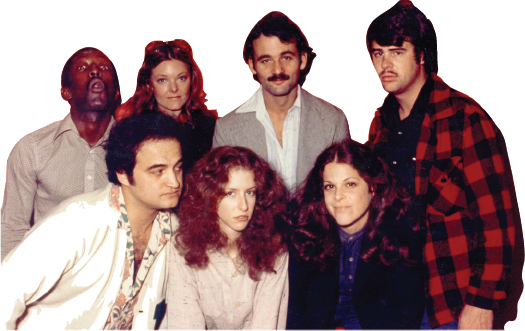Electronic Media Regulation
There is an important legal difference between broadcast signals and cable or satellite channels. Broadcasting refers to signals carried over the airwaves from a station transmitter to a receiver. For radio, these are the AM/FM stations you might listen to in your car. For television, they are the major networks (ABC, CBS, NBC, FOX, and The CW) and independent local stations. Most cable and satellite companies now carry these signals to you, or you stream their programs over the Internet, so the broadcast TV channels today look just like every other channel on TV or like any show you might watch online.
However, because broadcasting frequencies are limited and because the airwaves themselves are essentially a public resource, the government—

Although the First Amendment right to free speech and press does apply to broadcasters, broadcast television networks and radio stations are subject to some speech restrictions. The courts have held that the government can impose restrictions that serve a “compelling government interest” (that is, the government has a really good reason for doing it, such as to protect children), and only when the regulation is the “least restrictive” way to serve that interest (that is, the government cannot ban all adult TV content just to be able to protect kids from seeing it) (Action for Children’s Television v. FCC, 1991).
Recall the Janet Jackson Super Bowl incident discussed earlier. CBS stations were originally fined because the FCC said that the dance number violated a ban on broadcast indecency. Indecency legally means “patently offensive . . . sexual or excretory activities or organs” (Federal Communications Commission v. Pacifica Foundation, 1978), but in practice it means talking about or showing sexual or other bodily functions in a very lewd or vulgar way. This is a very subjective evaluation, of course, which is why broadcasters frequently end up fighting over their fines in court.
The Supreme Court has upheld the government’s expressed interest in protecting children from indecent content (Federal Communications Commission v. Pacifica Foundation, 1978). However, the courts have also said that the ban must be limited only to specific times of day (such as 6 A.M. to 10 P.M.) when children are likely to be in the audience (Action for Children’s Television v. FCC, 1995). Remember that this ban does not apply to cable and satellite channels or to the Internet—
Although indecency rules are what you may hear most about, there are also other important areas of media regulation. Much FCC action is directed at how the media corporations conduct their business, such as approving or denying mergers. The FCC has also recently expanded its influence over the Internet, including controversial attempts to limit the control that Internet service providers have over the online traffic that flows through their services.